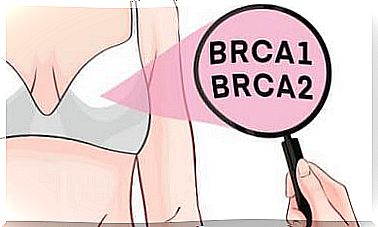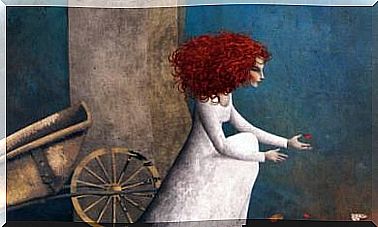Plantar Wart: Symptoms And Treatment
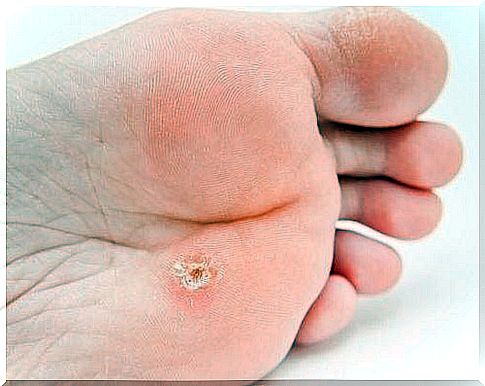
Plantar wart is a viral infection caused by direct contact with the human papilloma virus. It establishes itself within the first two layers of the skin (epidermis and dermis), but generally does not reach the deeper layers.
The name papilloma is given to viral infections caused by this strain, but when it affects the foot, it is called a plantar wart. It can be of different sizes, depending on the extent of the lesion, and its latency can reach 8 months.
There are two types of plantar warts. On the one hand, the solitary wart, which is a single wart that tends to grow. Rarely, it can multiply by forming additional warts called satellites.
The other type of plantar wart is the mosaic one. It is a group of various small warts, which grow very close to each other and in the same area. This type is more difficult to treat than solitary ones.
Symptoms of plantar warts
The growth of warts is slow and deep, but gives rise to a number of symptoms and signs such as:
- Thickening of the skin: A plantar wart often resembles a callus due to its thickness and hardness.
- Pain: Walking or simply standing can be painful.
- Blackheads: Small blackheads often appear on the surface of the wart. These dots are dried blood that pools in the blood capillaries.
Diagnosis
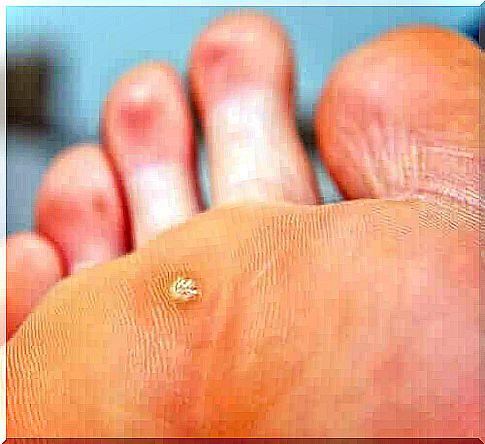
To make a diagnosis of a plantar wart, the doctor will examine the patient’s foot. During the visit, the practitioner will pinch the lesion to see if there is pain, as plantar warts cause pain when you pinch them, not when you press them. However, when the wart is covered with keratin, putting pressure on the affected area can cause discomfort.
Another solution is to incise the injured area with a scalpel and check for small black dots. Finally, a part of the lesion is extracted to perform a biopsy.
Plantar wart treatment
Most of these warts are harmless and heal on their own, although it may take a year or two. However, when intervening, it is not uncommon to have to repeat the therapy several times, until it completely disappears.
Nonetheless, there is a chance that they will reappear. Below we will talk about some of the treatments that are used to eliminate the plantar wart.
Salicylic acid exfoliation
Salicylic acid treatments work by removing the layers of warts little by little. They can also be useful in stimulating the immune system’s ability to fight them.
Cryotherapy
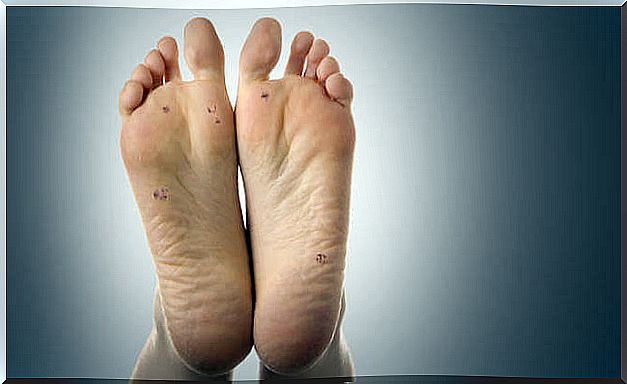
Cold therapy or cryotherapy is performed during the medical examination. It consists in the application of liquid nitrogen on the wart, using a tampon or a spray. After application, a blister will form around the wart. Within a week, the dead tissue will come off.
The most likely thing is that the treatment will be repeated every two weeks, until the wart has completely disappeared. Some doctors claim that cryotherapy is most effective when combined with other salicylic acid treatments.
Surgery and other alternative treatments
If the previous treatments are not effective, we can recommend some of the following procedures:
- Trichloroacetic acid: this acid is applied to the plantar wart with a wooden stick. It is recommended to apply it every week, although the doctor’s instructions will probably be to alternate it with salicylic acid. As a side effect of this treatment, itching and burning may occur.
- Microsurgery: In this case, the doctor cuts the wart or destroys it with an electric needle. This procedure is known as curettage or electrodissection. Curettage can leave scars, and for this reason it is usually not the most chosen, unless other treatments have proved ineffective.
- Laser treatment: the pulsed laser burns the small blood vessels that are closed. Over time, the infected tissue dies and the wart falls off. The laser treatment is repeated every three to four weeks. However, it should be borne in mind that this procedure can cause pain and leave scars.
As an additional measure, keep in mind that if the pressure on the plantar wart causes pain, the use of padded footwear can provide relief. Avoid tight and uncomfortable shoes and, alternatively, choose shoes that offer good support to the sole of the foot and reduce pressure.


